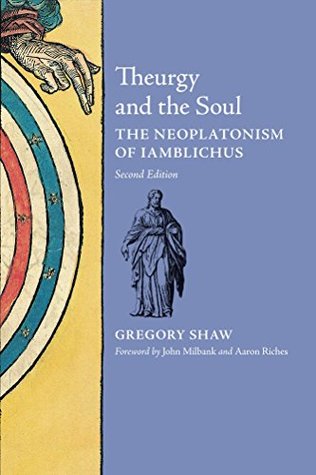Kindle Notes & Highlights
And so the Hebrew basis of Christian culture and religion is thought of as meaty and incarnational, while the Hellenistic contribution is colored by a superficial (and false) sense that Hellenism, and especially Platonic thought, rests on an unequivocal body-soul, matter-spirit dualism. This division is highly distortive. The sapiential literature of the Hebrew Bible itself proves that no such tidy division exists, since herein the Scriptures themselves already bears traces of the Hellenistic culture and thought that would later permeate Christianity.
the key difference, between the theurgy of Iamblichus and Christian theurgy. It is this: in Neoplatonic theurgy the material cosmos is an agalma, a shrine of the Demiurge (Timaeus 37c); the cosmos itself reveals the presence of gods. That is, the natural world for Iamblichean Platonists is a theophany. Far from being “fallen,” nature itself is the face and living symbol of the divine: nature is the incarnation of divine realities ab ovo. From this perspective, the Incarnational theology of the Church enters this theophanic current downstream and embraces theurgic realities that had already
...more
The kenosis of a Savior who empties himself of divinity to take on mortality, the paradoxical generosity of the God who becomes mortal man is, for Neoplatonic theurgy, the condition of every human soul.


